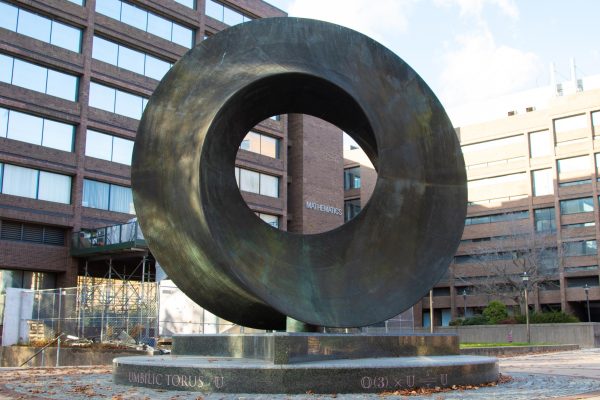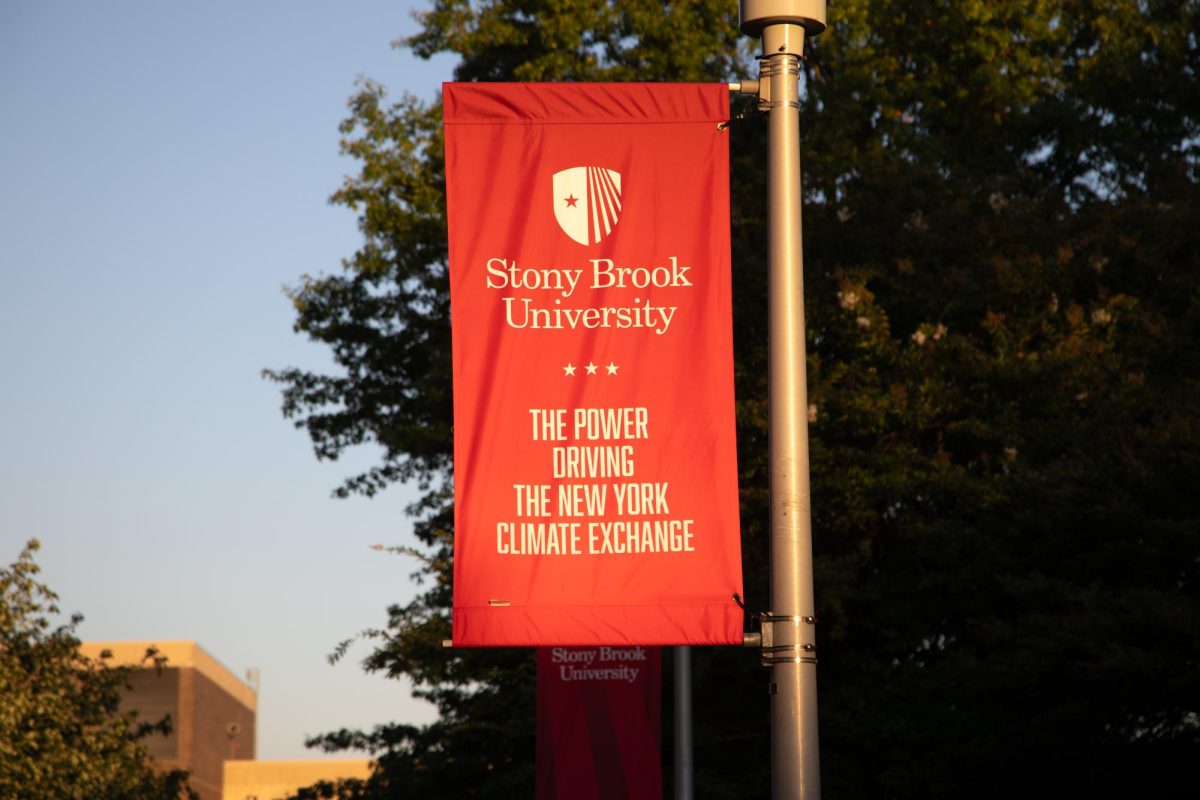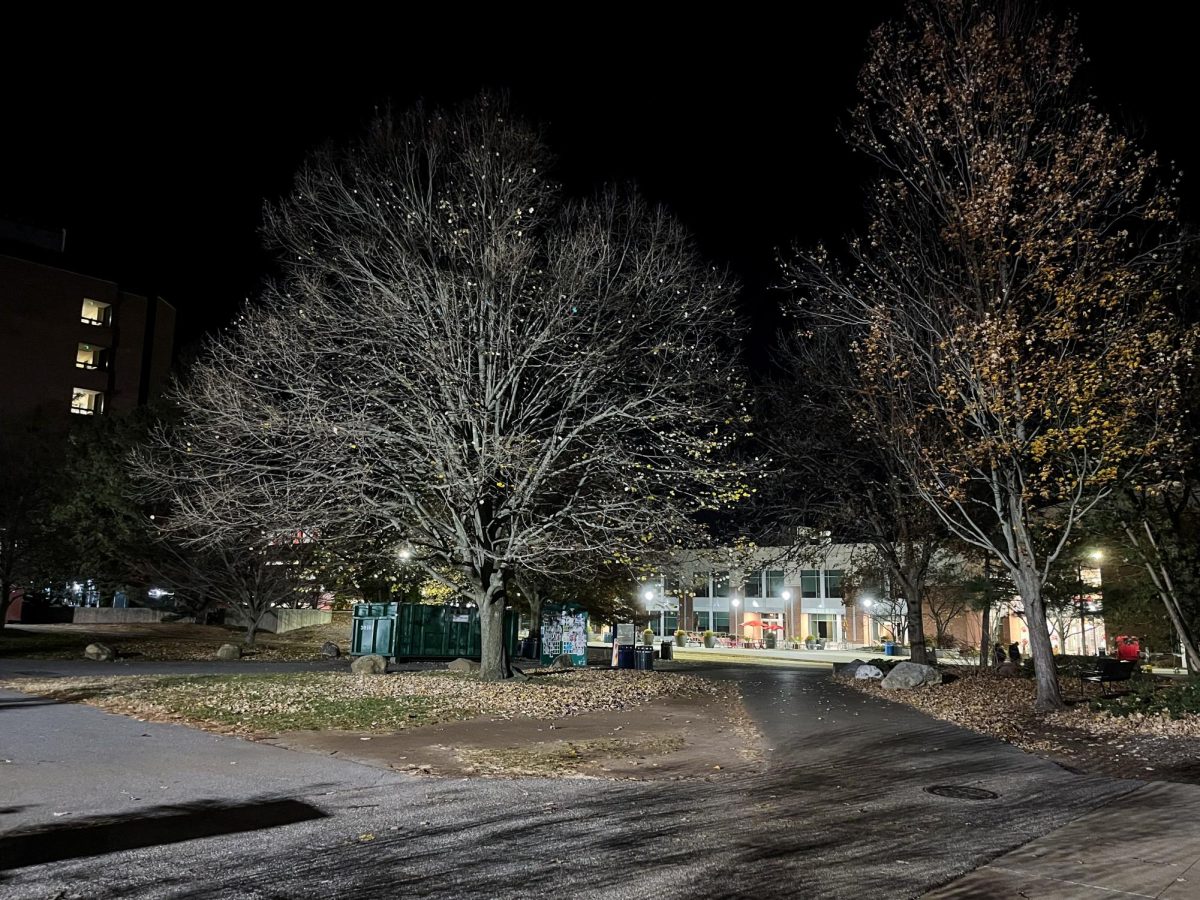
Stony Brook’s Department of Applied Mathematics and Statistics (AMS) is ranked among the best applied mathematics programs in the nation. According to USA Today’s 2015 ranking, the department was named the third best in the country, with only Brown University and Harvard University ranking higher.
In 2020, Stony Brook’s AMS department was listed among the top five United States undergraduate programs in applied mathematics by College Factual as cited in USA Today. It ranked third again, this time behind the California Institute of Technology and Brown University, respectively. These rankings are based on a weighted consideration of factors, including graduate earnings, quality of faculty publications in the department and assessments from top academics — presidents, provosts and deans of admissions — of peer institutions.
Similarly, according to the 2021 Academic Ranking of World Universities’ Global Ranking of Academic Subjects (GRAS), Stony Brook University was ranked 19th in Mathematics. The GRAS rankings use a range of objective academic indicators and third-party data to measure the performances of world universities in respective subjects, including publications in top journals, citation impacts, international collaborations and faculty awards.
Substantiating these rankings with anecdotal support is relatively straightforward. Visit the respective News and Announcements sections of the Mathematics or Applied Mathematics and Statistics Department websites and search for the term “congratulations” to see the commendations of professors and students within the department.
However, it is important to consider the extent to which these accolades are intrinsic catalysts for academic excellence, and whether they permeate learning experiences of all Stony Brook students studying applied mathematics.
There is an immense popularity of upper-division AMS courses among students from a span of varying, often non-tangential concentrations, as evidenced by the “Welcome to Fall 2023 AMS 361, Applied Calculus IV: Differential Equations” message I received from Professor Yuefan Deng on Brightspace earlier this semester.
“We have an unusually diverse class: freshm[e]n to senior[s] majoring in MAT, AMS, PHY, ME, EE, CS, BME, Econ, Astronomy, Civil Eng, Biology, Business, Chem. Eng.[,] Music. (I checked the registration list up to #80 and likely more majors exist; already impressive!),” Deng wrote in the email.
While Stony Brook math expectations differ among students, especially when factoring in a student’s high school preparation level and major requirements, most are required to take at least one semester of introductory calculus or statistics. The department’s composition indicates that the responsibility of teaching these courses is often entrusted to instructors rather than senior professors, as evidenced by the list of faculty members teaching different sections for fall 2023; MAT 122 (Overview of Calculus with Applications), MAT 125, 126 and 127 (Calculus A, B and C), MAT 131 (Calculus I) and AMS 151 (Applied Calculus I).
This is a standard practice, but at the very least it introduces the possibility of a bijective lack between the exceptional reputation of Stony Brook’s AMS Department — fueled by its research excellence as evidenced by GRAS metrics — and the quality of the instruction that the overall student body is expected to receive. It is a sentiment that closely mirrors the more general allegation espoused since the 1990s by sociologists such as Jonathan R. Cole, the John Mitchell Mason Professor at Columbia University, that in balancing the tenure-track tightrope, the research focus from faculty has escalated at the expense of undergraduate teaching quality.
Ultimately, such a perception comes with no relevant benefit, as mischaracterizing the situation merely overshadows the efforts being made to support students. On-campus resources such as the Math Learning Center provide readily-available tutoring services on a drop-off basis, staffed primarily with graduate and postdoctoral students.
While Stony Brook’s Mathematics and AMS Departments stand on the laurels of research excellence, it is crucial to look beyond the rankings from time-to-time and ensure that quality extends to the undergraduate learning experiences for all students.













Dr Sheldon Berger • Jan 1, 2024 at 4:48 pm
It was exactly the same way in 1966. The more things change…